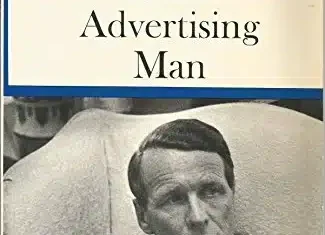The best way to start to solve a problem is to first understand what’s really being asked. In David Epstein’s book “Range“, he says:
“Whether chemists, physicists, or political scientists, the most successful problem solvers spend mental energy figuring out what type of problem they are facing before matching a strategy to it, rather than jumping in with memorized procedures.”
It’s much easier said than done, particularly when clients come with a proposed solution in mind.
For example, someone might say “we need more website traffic to get more sales“. That might be true, but it might not be. Perhaps they’re getting too many of the wrong kind of visitor, and fewer/better visitors to the site would increase sales. We’ve had clients before that built a new site and saw their traffic drop, but sales saw a sharp increase. More traffic wasn’t their problem, but rather it was the messaging and user experience.
If you go in simply trying to drive more traffic, you may end up increasing your traffic but reducing your sales even further.
Finding the real problem can be tough, but a possible solution is the “5 Whys“, which I shared last year. You simply ask “why?”, get the answer, and then ask “why?” a few more times.
One way or another, digging to the real problem will help you come up with the best solution.




